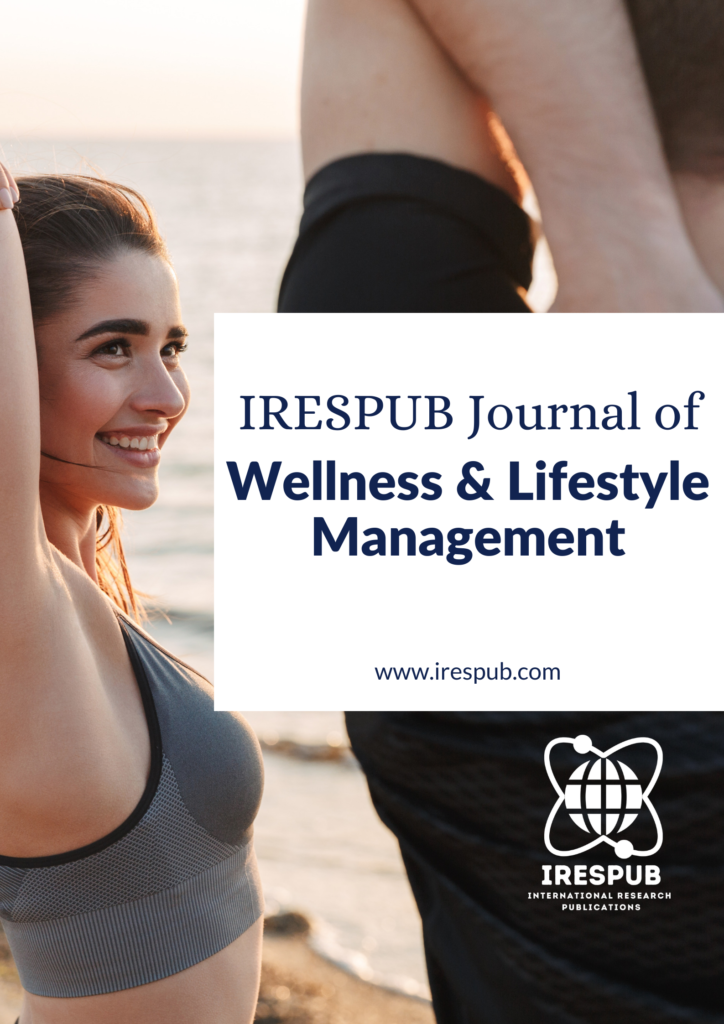
Year Launched: 2021
Journal List
- Natural & Applied Sciences
- Life Sciences
- Business Management
- Education & Literature
- Humanities & Cultural Studies
- Medical & Dental Sciences
- Engineering & Computer Sciences
- Agriculture, Food & Nutrition
- Environmental & Material Sciences
- Wellness & Lifestyle Management
- Arts & Ideas
- Law, Policy & Religion
Policies on green foods
Volume 2, Issue 1, Jan-Feb 2022 | Page 1-3 | PDF (188K) | Pub. Date: January 12, 2022
Author(s)
Qazzafi binti Abdullah1, Yusof Bin Abdul Rahman2, Puspawati Singtara2*; 1Department of Logistics and Supply Chain Management,University of Science and Technology, Selangor, Malaysia; 2Faculty of Pharmacy, University of Cyberjaya, Cyberjaya, Selangor, Malaysia
Abstract
Green foods are grown and harvested in the absence of any form of environmental pollution or harmful conditions. However, some farmers use the premise of this concept to engage in food fraud, food terrorism, food injustice, and many other vices. The concept of green foods is herein recounted together with its interdependence and relationship to health and sustainability. The processes, policies, and global trends of green foods are discussed, alongside the benefits and challenges associated therewith
Keywords
Green food; policies; sustainability; health
Cite this paper
Abdullah, Q. B., Rahman, Y. B. A., Singtara, P. (2022), Policies on green foods, IRESPUB Journal of Wellness & Lifestyle Management. Volume 2, Issue 1, Jan-Feb 2022, Page 1-3
References
[1] M.N.O. Sadiku (2020). Emerging Green Technologies. CRC Press
[2] M.R.T. Khan, S. Chamhuri, H. S. Farah (2015). Green food consumption in Malaysia: a review of consumers’ buying motives. International Food Research Journal, 22 (1), p. 131.
[3] SFEC (Smart Food Executive Council) (2019). Insights. https://www.insightsonindia.com/2019/01/21/smart-food-executive-council/ (web accessed 09, April 2020.
[4] G.E. Bekele, D. Zhou, A.A. Kidane, A.B. Haimanot (2017). Analysis of organic and green food production and consumption trends in China. Am. J. Theor. Appl. Bus., 3 (4), pp. 64-70.
[5] J.I. Boye, Y. Arcand (2013). Current trends in green technologies in food production and processing. Food Engineering Reviews, 5 (1), pp. 1-17.
[6] A.K. Braimoh (2013). Global agriculture needs smart science and policies. Agric. Food Secure., 2 (1), p. 6.
[7] K.A. Brohm, S. Klein (2020). The concept of climate smart agriculture–a classification in sustainable theories. International Journal for Quality Research, 14 (1), pp. 291-302.
[8] J. Adams, J. Wang (2009). Industrial clusters and regional economic development in China: the case of “green” food. Journal of Chinese Entrepreneurship, 1 (3), pp. 279-294.
[9] F. Chemat, N. Rombaut, A. Meullemiestre, M. Turk, S. Perino, A.S. Fabiano-Tixier, M. Abert-Vian(2017). Review of green food processing techniques. Preservation, transformation, and extraction. Innovat. Food Sci. Emerg. Technol., 41, pp. 357-377.
[10] Z. Yan-li (2007). Heilongjiang’s green food trade strategies towards Russia. 2007 International Conference on Management Science & Engineering, IEEE, pp. 1428-1433.
[11] G. Rezai, P. Kit Teng, Z. Mohamed, M.N. Shamsudin (2013). Consumer willingness to pay for green food in Malaysia. J. Int. Food & Agribus. Mark., 25 (Suppl. 1), pp. 1-18.
[12] Y. Sulaiman, H.M. Janai (2017). A study of consumption patterns on green food among students in Universiti Utara Malaysia. Journal of Advanced Research in Social & Behavioural Sciences, 7 (1), pp. 20-32.
[13] E.J. Miller-Tait (2013). Reconsidering Post Green Revolution Food Choices: New Processing Technologies and Food Security in India

